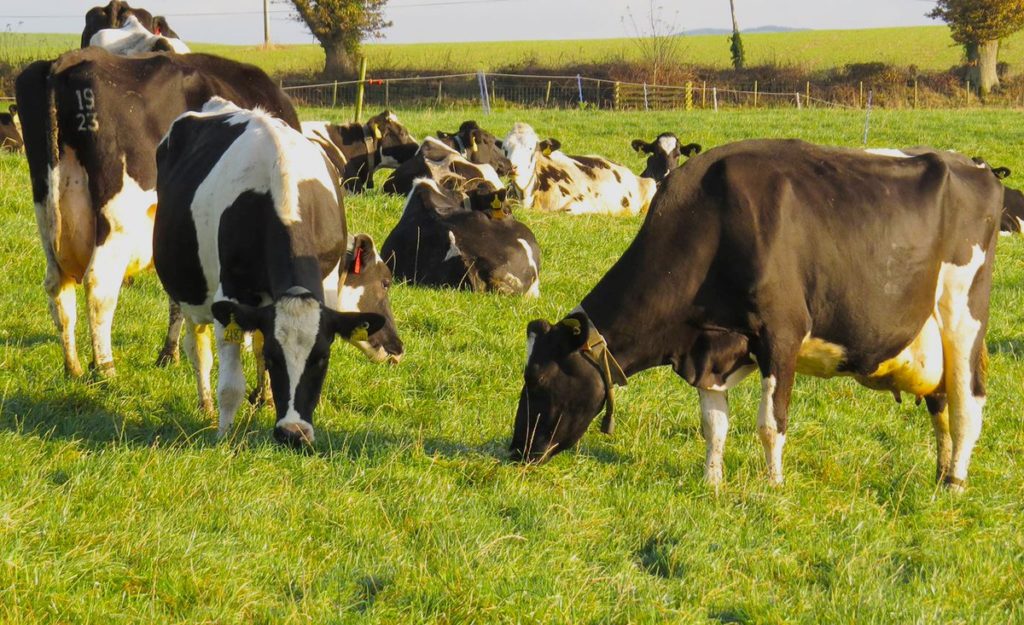The Future of Carbon Auditing in Agriculture – A Business-led Approach
24 August 2020Following on from my last article in the January 2020 edition of Milk Manager News around why it is important to carry out a carbon audit, I started to think about the future of these audits. How can we used them to further understand a business, its performance and how the tracking of carbon emissions along with business cost are related?
With that, I got thinking. “What is the future of on farm carbon auditing?”
We are currently using carbon audits and their results to look at how a farm can improve its environmental footprint, but what about its business footprint?
How does a carbon footprint impact on business performance and how can we use carbon accounting to work with and identify issues in a business’s cash accounts?
We can use cash accounts to see where the cost centres in a farming business are. It is clear to see “Feeds and Fertilisers” as a huge area of costs that can be targeted in most livestock enterprises to help improve business performance. However, should we look at business performance in isolation, or be looking at the business performance in conjunction with carbon costs?
Take silage making for example. The right tools out there will show us how much fuel and fertiliser have been used to make the silage, be it grass, maize, whole crop etc and provide a carbon footprint for this operation. However, we do not generally associate these costs on a per cut basis, rather we see a whole year approach.
This is an area where we should be drilling down further and looking at what it costs against the carbon footprint to get a better understanding of what the links between cost and carbon emissions are.
We can split out the costs and associate the carbon to this individually through programmes such as Xero and Agrecalc for example, but why not look at it together? Look at how much fertiliser has been used, and then how much that has cost us for example. Through making that connection we can see how improving establishment methods or crop choices impact on the business in both a cash and carbon sense.
To focus the mind, the traditional farm subsidy schemes are changing, and new funding will follow the mantra of Public Money for Public Goods. Therefore, that link between costs and carbon investment is going to be essential to see what the Public Good is in terms of reducing a farm’s environmental footprint and improving business performance.
Starting to investigate that link NOW will help to create a baseline from which a business can justifiably demonstrate that their management practices are having a positive impact on carbon stocks, and thus activate the mechanism to receive public money for that positive contribution.
So why don’t we currently do this then?
We still need a robust baseline for British agriculture and at a farm level. We cannot measure and manage something if we do not have a baseline.
Unless farmer engagement in the matter is improved and seeing a carbon audit as a “tick box” exercise and not valued the same as a set of accounts or costings, then this will always be seen as “another thing to do”. I do see increased interest in farmers wanting to carry out a carbon audit to see where they can improve, both their carbon footprint but also profitability.
As an industry we should be taking the time to look in-depth at our carbon footprint, embrace the research that is going on and use it to our advantage within our farming enterprises.
A phrase I heard on a recent webinar and one I agree with, even more after thinking through the above is, “farming needs to be the solution to the environment, not the problem.”
While that may conjure up ideas of rewilding or tree planting, there is no reason in my mind that, with the use of carbon as the driving force we could be world class leaders in sustainable agriculture, reach net zero and produce high quality products while reducing our environmental impact.
Sign up to the FAS newsletter
Receive updates on news, events and publications from Scotland’s Farm Advisory Service

